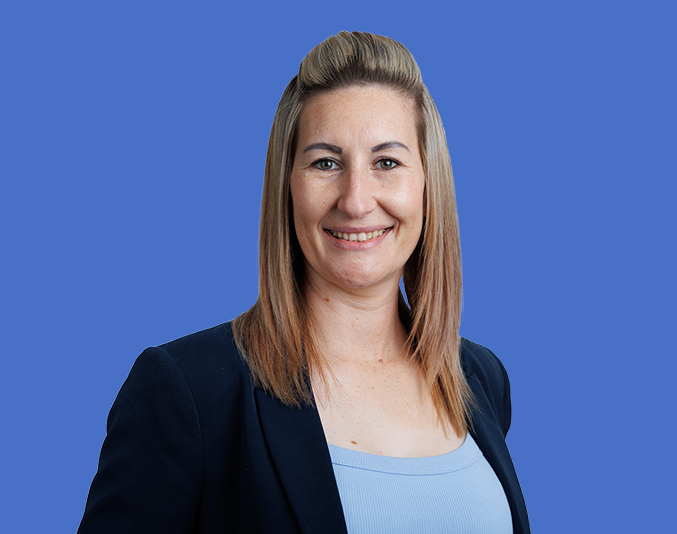What you need to know about income protection
ProtectionArticle7 April 2025
You insure your home and take care of your superannuation, but do you safeguard your most valuable asset– your income? That’s where income protection cover comes in. Here’s how to make sure your policy gives you the security you need.
When you insure your most valuable assets, such as your house and car, you might forget the most important one: your ability to earn an income. That’s where income protection can make all the difference. It pays out a regular benefit of up to 70% of your regular salary if you’re unable to work due to illness or injury.
Income protection gives you peace of mind. Plus, it can be cost-effective. If you hold your policy outside your superannuation, the premiums are usually tax deductible, making it more affordable.
Here are three key points to help you get the most from your income protection cover:
How much you’re covered for
Most income protection policies let you choose your covered amount– usually up to 70% of your salary before tax (excluding super contributions). But remember, the higher the cover, the more you’ll pay in premiums, so it’s important to think about how much you’ll really need.
For example, let’s say you earn $10,000 per month but decide you would only need $5,000 to cover your living costs. This will significantly reduce the cost of your premiums.
To work out the right level of cover for you, start by considering all your everyday expenses. This might include things like rent or mortgage repayments, bills, groceries and school fees. You can also consider your occasional costs like your car registration and insurance.
All income protection insurance policies available today provide an indemnity type of cover. This means if you make a successful claim the monthly benefit you’ll receive is based on your income at the time of claim. Many older policies are still in place which provide a more generous agreed value type of cover. Make sure you discuss any existing cover you have with your financial adviser before thinking about changing it so that you understand the implications.
When you’ll start receiving benefits
All income protection policies have a waiting period. This is the time between the date you ceased work as a result of your medical condition and when your benefits commence. The waiting period is the time you must wait after seeing a doctor and ceasing work due to an injury or illness before you are entitled to receive your first benefit. It starts when the insured person consults a medical practitioner and gets advice confirming the total or partial disability. Usually with most income protection policies you can choose this period – typically 30, 60, or 90 days.
Here is how it works:
- The first payment usually comes 15 days after the end of your waiting period. A 30-day waiting period means the payment arrives 45 days after you become disabled and cease work as a result of an injury or illness.
- The shorter the waiting period, the higher your premiums. For example, a 30-day wait costs more than a 60 or 90-day wait, because you are entitled to benefits sooner.
If you’re off work for fewer days than your waiting period, you may not be entitled to a benefit. So, being off for 60 days means a 30-day wait gives you one month’s benefit payment. But in the same scenario a 60 or 90-day wait means you'll be back at work before you are entitled to a benefit under the policy. That’s why you need to carefully weigh up how long you want your waiting period to be. If you have savings, sick leave or annual leave from your employer, then it may suit you to choose a longer waiting period with lower premiums. But if you don’t have much in the bank or you’re a casual employee, you’ll likely need financial support quickly. This might mean paying higher premiums for a shorter waiting period.
How long you’ll receive a benefit for
Your benefit period is the maximum time you are entitled to receive benefits from a claim. It varies depending on the income protection policy you have. When you take out cover, you can pick a time period or the longest available, which is until you turn 65.
Your benefit period matters because it affects how much you could get, especially if you have a long-term disability and may never be able to return to work. For example, if you become disabled at age 50 and have a two-year benefit period, payments will stop at age 52. But if you choose age 65 as your benefit period, you could continue receiving payments for an additional 13 years.
The benefit period only applies while you’re disabled. If you go back to work before the end of the benefit period and start receiving some income again, most policies will pay ‘partial disability benefits. These are smaller amounts which top-up the income you earn when you’re gradually returning to work in a full-time capacity. Your policy may also help you return to work quicker by covering the costs of rehabilitation or retraining expenses.
If you have a Zurich Ezicover income protection policy, then there is no partial disability benefit payable.
Like the waiting period, the benefit period affects the cost of your insurance. A longer benefit period means a higher premium because you could receive benefits for a longer time.
There are two ways you can buy Zurich Life Insurance.
Choose the option that best suits you.
With a financial adviser:
A financial adviser can help you understand your current financial situation, as well as your cover in a way that gives you the best value for money and suits your cashflow and tax objectives.
Directly from us:
If you know the type and amount of cover you need, Zurich Ezicover is a range of simple life insurance products. It’s easy to apply online.



